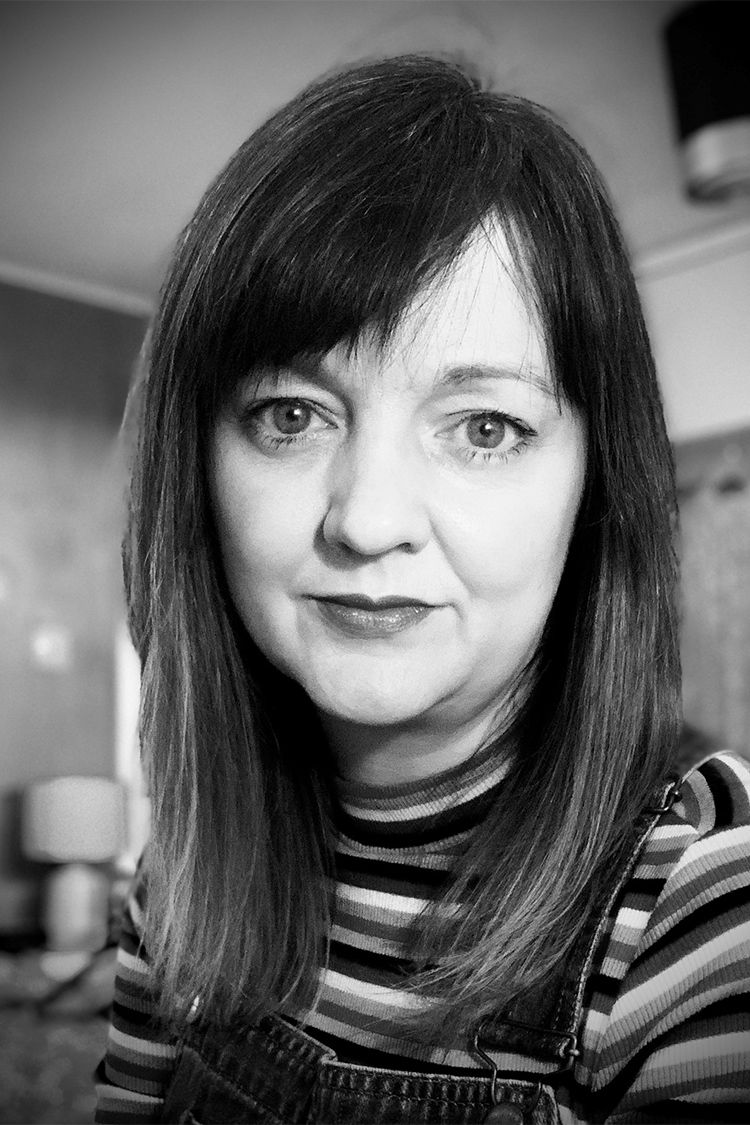The internet is awash with memes imagining the post-COVID world that, following the UK government’s recent roadmap announcement, is scheduled to begin on 21 June. Whether that specific date holds true remains to be seen, but we’re certainly starting to see that the three phases of 2021 laid out by J Walker Smith in his article ‘2020 is an 18 month year’ are looking increasingly likely.
Regardless of the exact date of arrival, how will this post-COVID world find us? The quest for brand owners everywhere is to find out how people have changed: their needs, their wants, their behaviours. Some of the trends are better bets; for example, the ecommerce explosion looks like a Jack that cannot be put back in the box, and a heightened hygiene concern is likely to endure.
No prediction of permanent change is going to be totally accurate. The best advice for brand owners is to find dynamic ways of keeping abreast of what’s on people’s minds, and mining insights from Google search can reveal what we’re thinking and how we’re feeling.
From Google search data, we have identified the search terms that grew most in popularity throughout 2020 and the beginning of 2021, revealing four trends. Each trend has implications for brands that are likely to endure in the post-COVID world:
1. Local shops for local people
Data from our Worldpanel division showed convenience stores increased their share of total grocery sales year on year by almost 1 percentage point in 2020*, and search data is suggesting a broader preference for local could be an enduring change. Searches for local food are up 58% in January 2021 vs January 2020; searches for local businesses are up 53%; and farm shops up 35%. If working from home is here to stay, local communities will need to shift from the survival support network they’ve been during lockdown to meeting the ongoing needs of home-working ex-commuters.
The opportunity for bigger, established brands to diversify from city-centre locations to more localised regions, towns and villages is clear, but this trend also presents some risk: ‘local’ looks, feels and behaves differently. Preserving the familiarity and reliability of a big brand while being part of the community in an authentic way will be key. The adaptations many small businesses have made to ecommerce have also created more of a level playing field, whether that’s local restaurants delivering ready-made food or ingredients boxes, or independent retailers opening their horizons beyond the limits of their physical footfall. How Waterstones understood ‘local’ and, in the process, transformed its business performance could be a good inspiration for big brands. They returned the business to profit by running each branch like a local bookshop where, alongside a small number of titles favoured across all stores, managers are able to tailor much of their stock to customers’ tastes.
2. The exotic at home
There has been a surge in holiday bookings since the Government’s roadmap announcement, but this is hardly a surprise when we look at search data from January 2021. Notwithstanding the travelling limitations, the desire for the new and the exotic remained strong. Searches related to learning a foreign language are up 54% and, whilst we know sales of alcohol are up in general, searches for cocktails are up 15%. There’s a desire to create memorable experiences in the home as well as an openness to experimentation and variety.
Brands should consider how they can support people in creating memorable experiences within the confines of home, perhaps through the use of limited editions, interactive experiences, or even what opportunities partnerships might open up.
3. Beauty’s where you frame it
We’re on camera more than ever before, whether that’s work-related video calls, Zoom family catch ups, or Houseparty drinks. Never have we been confronted more with our own image, and it’s affecting the way we see ourselves.
We’re looking to rectify blemishes (searches for mild skin conditions such as acne are up by almost 20%), and we’re looking for ways to experiment with our look to express our individualism within the frame of the device camera. Searches for wild colour hair dyes are up more than 20% and for unusual hairstyles, like mohawks, almost 10%. We’re not just perfecting ourselves for the screen but our environment too: searches for studio-quality lighting are up 51%. This also suggests that whatever happens to the workplace in the longer term, the fact that families hundreds of miles apart can use technology to socialise more often may well endure.
Brands can offer support in varied ways: cosmetic products for improved appearance on digital screens or under stronger lights; beauty products, clothing and accessories that allow for experimentation; or advice on how to create a ‘camera ready’ background décor style through colour and home accessories.
4. Thriving vs surviving
More searches are qualified by ‘the best’, ‘the most expensive’ or ‘top of the range’ compared to before COVID-19. This may be connecting to a deeper desire to treat or indulge when opportunities to do that are more limited. It may be a simpler indication that, for some, price is less of an issue in spend-restricted lockdown circumstances.
There is an implication, though, for brands whose price or reputation (or both) are strongly connected to superiority. They should audit their digital effectiveness ensuring that they are a destination in their category when people are searching for ‘the best’, and that all elements of their digital journey are coherent with that promise.
Drawing conclusions from averages has only told a fraction of the story during the pandemic, and the same is true here. What the average hides is a bifurcation of thriving vs surviving. Data from our Worldpanel division shows that 20% of households have reduced their average basket spend by at least 7%, whereas the same proportion of households have increased their average basket spend by 33% or more.*
Brands need to explore the impact of the pandemic on their customer base. Not only will this help manage expectations, but targeting those with both pent-up demand and pent-up potential to buy could help stimulate accelerated recovery.
As we navigate the complicated exit from the pandemic, the task for brand managers remains to stay ahead of what’s changing in the lives and minds of people in order to plan well and respond quickly.
One solution is to integrate search insights holistically into the understanding of what’s changing in people’s attitudes and behaviours towards your brand and competitors. This can include an always-on view of what’s rising and falling in the search landscape that might affect your brand or category across geographies; integrating search data alongside brand and sales to highlight risks and opportunities with more confidence; or understanding which consumer niches have demand, but are currently being under-served by vendors.
Learn more about how a holistic use of search data has helped a global personal care brand redefine their marketing, and get in touch to find out how search data can help your brand.
* Data from Kantar’s Worldpanel FMCG panel, 52 w/e 27 December 2020


